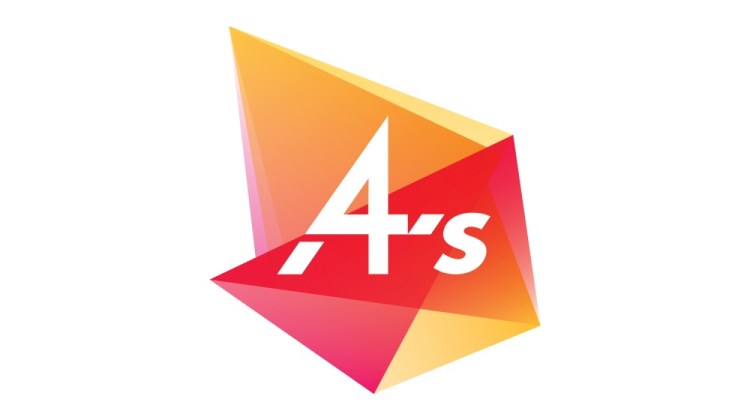In the last couple years, rarely has a day gone by without a story about a tech company fighting a government entity making the news. Whether it’s Lyft fighting with San Francisco to permit its car sharing service to operate or 23andMe battling with the Food & Drug Administration to approve its genetic testing kit, the less-than-amicable relationship between tech and government has certainly played out many times in the headlines. If the media was to be believed, most companies would think it’s impossible to create something new without having a government try to over regulate it—but this isn’t the case.
The Digital Advertising Alliance (DAA), a consortium of leading advertising industry trade associations including the American Association of Advertising Agencies (4A’s), has found a way to pre-empt conflict through self-regulation. In 2010, we unveiled the Ad Choices Icon, a small blue triangular button that is served on Internet advertisements over a trillion times a month globally, allowing consumers to opt-out of behavioral advertising. This tool gives consumers control of their online advertising experience. The icon has proven to be quite effective—DAA participants have found that they can target people who are actually interested in their advertisements while providing transparency and control.
For our self-regulatory efforts, the White House, the Secretary of Commerce, and the Chairman of the FTC have all recognized the DAA for leadership in providing consumers with online advertising privacy, transparency, and choice. Government entities and digital companies can get along – we are living proof.
With the technology/digital industry changing everyday, we can’t wait for the government to pass new laws or revise old laws every time there is new innovation. Our principles have been expanded to the mobile and multi-screen environments and we hope to be ahead of the curve when it comes to wearables. Our self-regulation is not only enforceable, but it moves at the speed of innovation, unlike government regulation. Those that create new technology need to also create responsible rules for that technology so that consumers are protected and the government stays on the sidelines. After all, there are still laws on the books from the 1930s meant for telephone communication that dictate how the Internet is to be used.
Tech can act quickly to resolve problems that legislators can take years to fix. A self-regulation system can be compliant with existing laws while remaining flexible to changing circumstances.
If other industries want to follow the DAA’s successful regulatory model, we will be a resource to them.
Nancy Hill is President and Chief Executive Officer of the 4A’s. She provides leadership, advocacy and guidance to the advertising community on issues such as patent trolling, online privacy and interest-based advertising, compensation and talent. She has personally led the 4A’s work on diversity including recruitment, talent development and media buying guidelines.
VentureBeat's mission is to be a digital town square for technical decision-makers to gain knowledge about transformative enterprise technology and transact. Learn More

